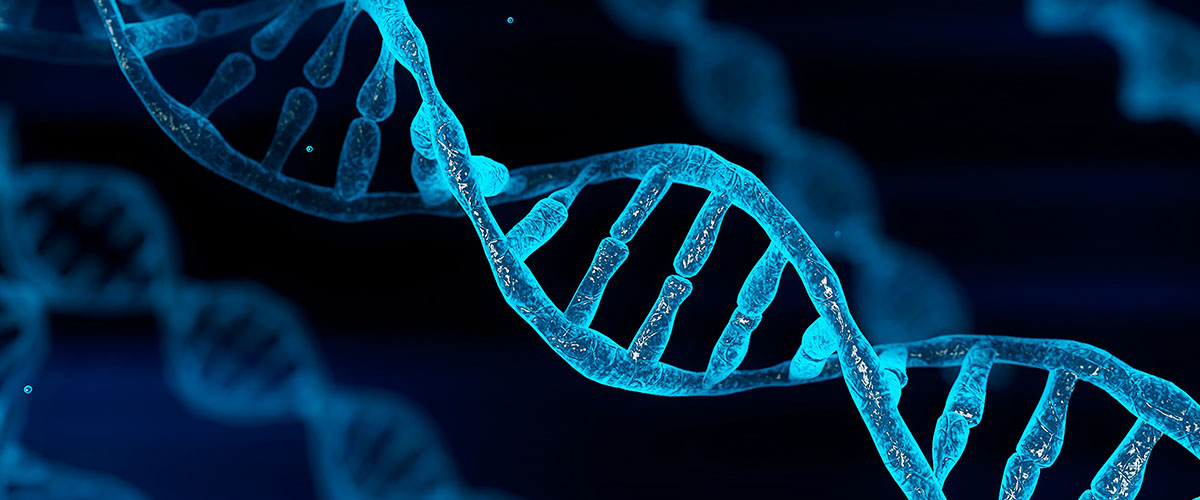)
Bridging Genomics and Radiomics for Real-time Clinical Decision-making in Lung Cancer
Project Title: Bridging Genomics and Radiomics for Real-time Clinical Decision-making in Lung Cancer
Project Duration: 2021-2025
MOHCCN Consortium: Marathon of Hope - Québec
Investigators: Alan Spatz, Reza Forghani, Jason Agulnik, Victor Cohen, Hangjun Wang, Andreas I. Papadakis
Partners:
- Lady Davis Institute for Medical Research
- Jewish General Hospital
- McGill University Health Centre (MUHC)
Aim/goals:
- Complete the genomic profiling of samples early stage cases (A) using comprehensive gene profiling, gene expression analysis and analyze available imaging data using the IAP platforms (B) for radiomic feature extraction. Using the multi-omic data and clinical outcome of these retrospective cases, we will construct molecular-radiomic classifier signatures using ML. One goal is to identify patient subgroups, with early stage disease, who are the most at risk and would benefit from more aggressive treatments.
- Extend our prospective cohort of 150 late stage NSCLC cases to 300 patients and run longitudinal liquid biopsy testing to monitor patients at progression. An additional retrospective arm of 50 EGFR positive patients, with available longitudinal plasma, will be included. Perform similar analysis of patient CT scans as above and use ML for construction of prediction models and biomarkers using genomic/radiomic/clinical response data.
Summary:
Non-small-cell lung cancer (NSCLC) is the most common cause of cancer related deaths. While early stage NSCLCs are closely monitored after resection, late stage metastatic NSCLCs are tested for druggable genetic alterations. Only 25% of patients with metastatic NSCLC have druggable alterations and in many cases, after frequent initial response, most patients eventually become resistant to targeted agents (TKIs) and progress. The remaining 75% are treated with chemotherapy with or without Checkpoint Inhibitors (CPIs). Despite advances in the therapeutic landscape, less than 50% of the patients with advanced NSCLC, representing 70% of the diagnosed cases, will be alive at 3 years. Prognostic biomarkers in early stage lung cancer are critically needed for guiding cancer therapy, identifying patients who are the most at risk to recur after surgical resection and those who would benefit from more aggressive treatments. The development of non-invasive methods in detection and monitoring signatures associated with NSCLC progression and drug resistance are desperately needed to guide patient care. Accordingly, this proposal aims at capitalizing on the collective clinical-research dynamics that exist at the JGH/LDI/MUHC to address these unmet needs.
Currently Available Resources: A) I) A repository of retrospective lung cancer biopsies from 150 patients with matching normal tissues for which we have standard of care targeted NGS, targeted NanoString profiling. II) 229 stage II and 400 stage IIIA NSCLC cases in the JGH database. III) A prospective cohort of 150 late stage NSCLC patients who will be tested using the pan-Cancer NGS Panel (a comprehensive NGS blood test). B) A Radiomic/AI image analysis platform (IAP) for extracting image based features or “omics”. Features are extracted from patient’s CT scans using mathematically derived (hand-crafted) approaches, deep neural networks, and different machine learning (ML) approaches are used for prediction modeling. Multiple analytic pipelines are being established at the AIPHL lab directed by Dr Forghani.
We expect that coupling non-invasive genomic and radiomic markers will enable the generation of machine learning prediction algorithms that will support real-time clinical decision-making avenues. These include models integrating minimally invasive liquid biopsy-markers with image-derived features toward enhancing precision care for lung cancer patients.